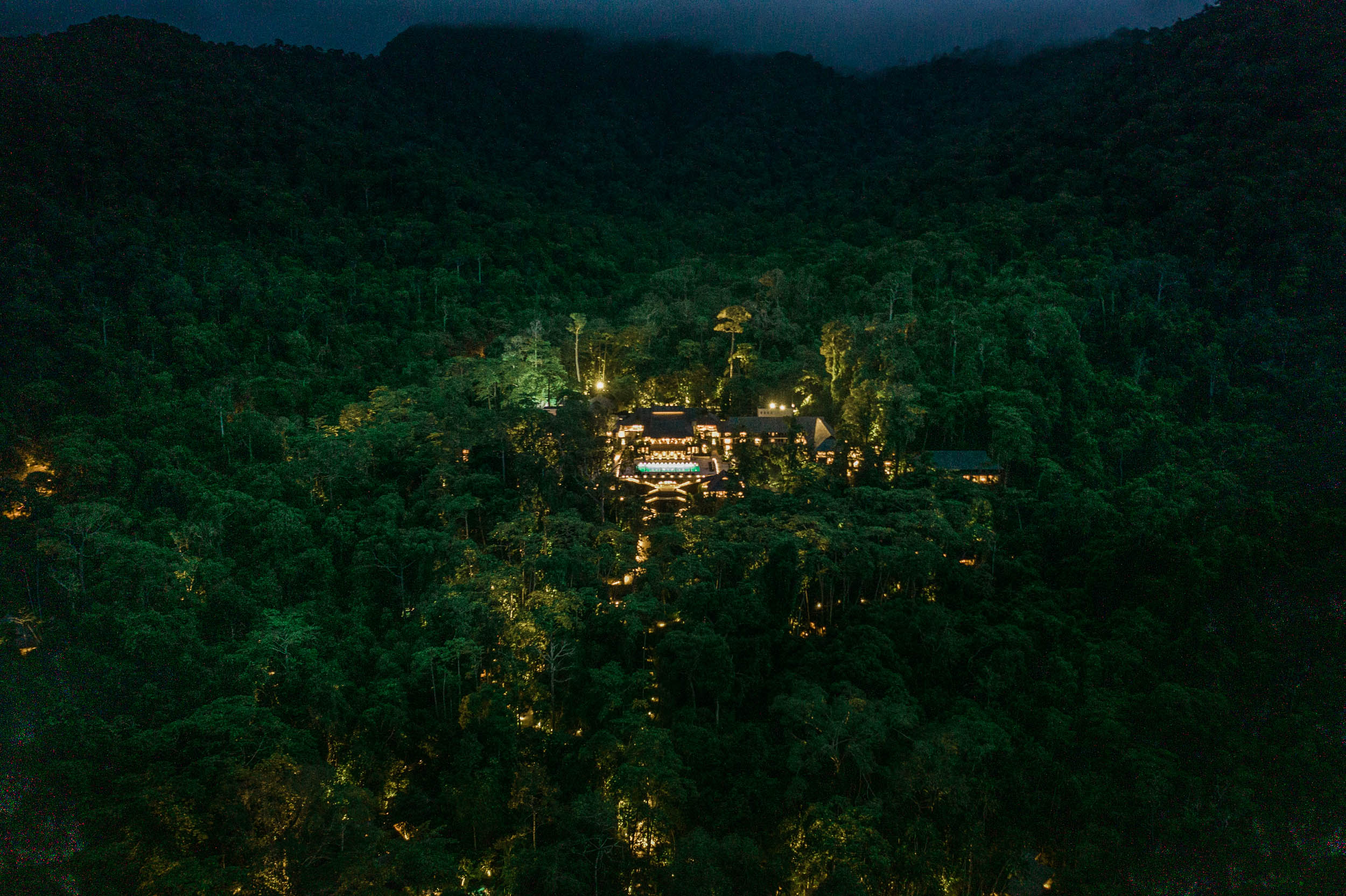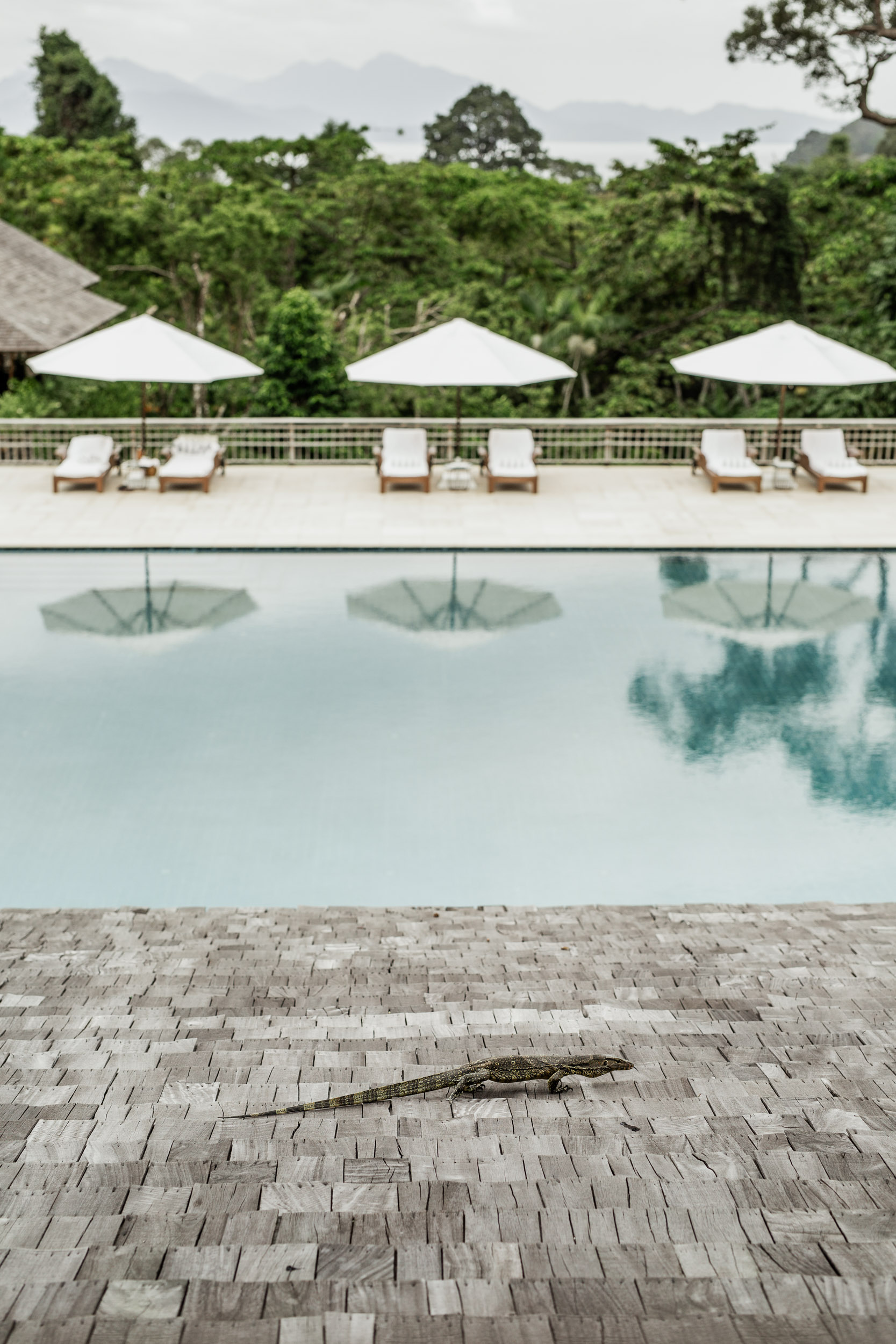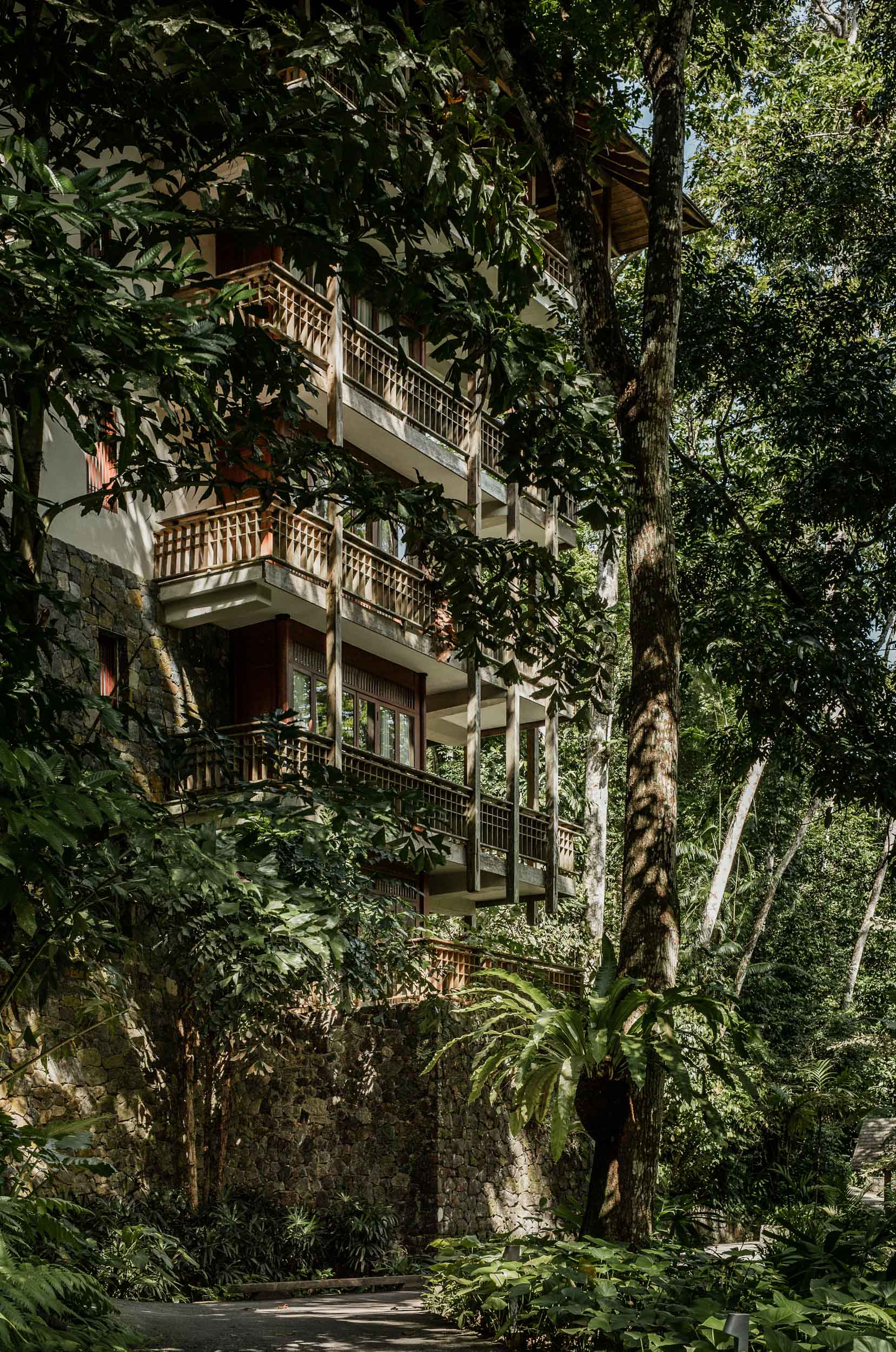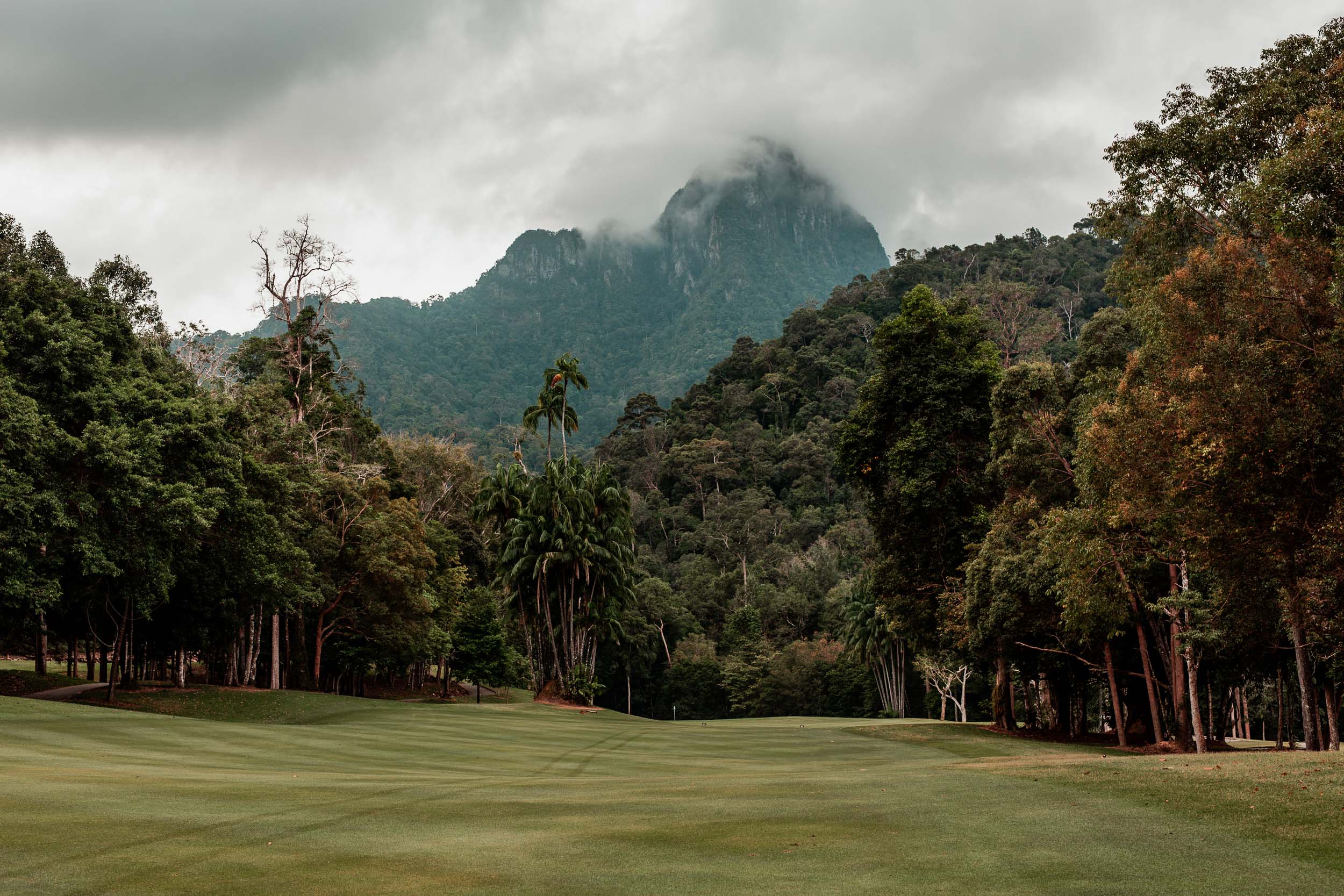Overview
When Didier Lefort first visited the site of the proposed Datai Langkawi resort in 1989, there were no buildings, no services and no roads. In fact the only way to access the site was by boat from the exquisite white sand beach of Datai Bay. Lefort, founder of French architecture and interior design agency D.L.2.A, along with renowned Australian architect and project lead Kerry Hill, trekked up through the jungle to reach the elevated site where the main pavilion of The Datai Langkawi now rests.
While the beach at Datai Langkawi is incredibly beautiful, it’s the surrounding Machincang Cambrian Geoforest Park that makes this resort truly unique. The decision to locate the main building away from the beach was unexpected and inspired, and something that Kerry Hill felt strongly about. “So we exchange ideas and he told me ‘I would like the hotel to be set back’,” Lefort recalls. “It sounds simple but it was not at all obvious. Immediately I thought it was a fantastic idea! For me, it’s the most important decision which has been taken in this project.”


































